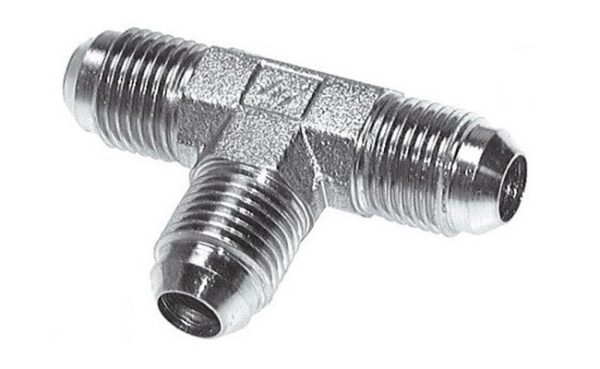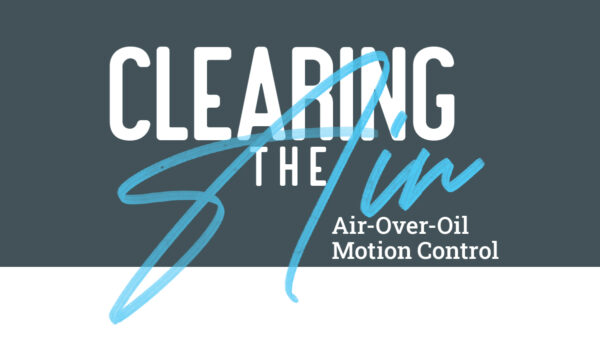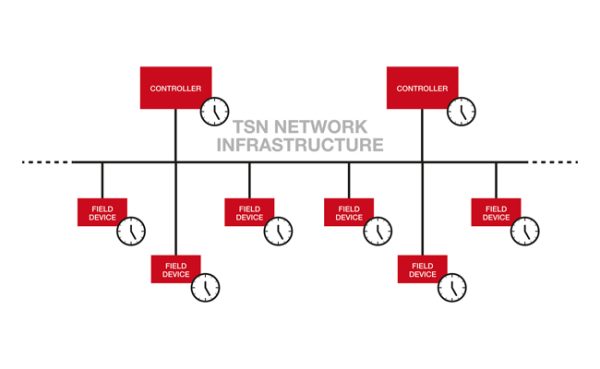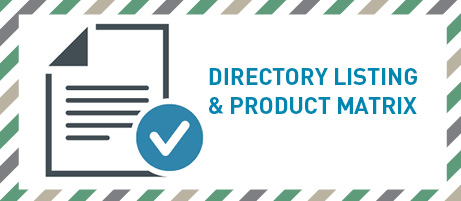Nine Tips to Optimal Air-Preparation Performance
By Charles Werdehoff, Air-Preparation Product Manager, Norgren
Pneumatic-equipment warranties are often valid only if you are using clean, dry air, which suggests air-preparation equipment is essential in today’s manufacturing environment. Here are nine tips to help you achieve optimal performance for air-preparation products.
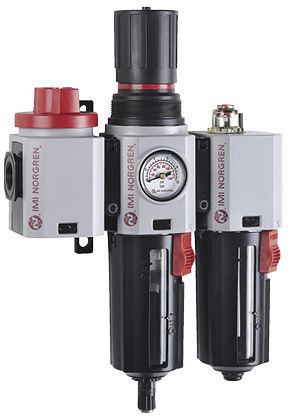 1. Maintain filters regularly.
1. Maintain filters regularly.
Cleaning filters as a standard maintenance operation helps reduce pressure drop and save compressor costs over time. Clogged filters lower the efficiency of your compressor, limit the flow of air through lines and generally increase energy costs. Having filter elements cleaned or replaced regularly is a first-line function of maintaining your air-pressure system.
2. Use the right filter.
There are several types of contaminants present in a compressed air line. The most common are particulate, water and oil. Which filter you select depends on the requirements of your application. General-purpose filters remove particulate and liquid water. Nearly all pneumatic applications need a general-purpose filter; dirty or wet air is never good for a system. Coalescing-oil-removal filters eliminate liquid oil as well as extremely fine particles (down to 0.01 microns). Vapor-removal filters remove oil vapor, helping to reduce systemic odors. Odor is eliminated when oil vapor is removed.
3. Install automatic condensate drains to your air system.
Dumping water easily and regularly from your compressed-air system reduces the chances of water carry-over. Contaminants can enter an air system in multiple areas, which means drains must operate properly for filters and separators to be successful in completing their task. This reduces operating costs as well as the need for filter maintenance. If the liquid isn’t drained from the bowl before it reaches a certain level, the liquid will be pulled into the system. Installing an auto-drain, which drains once liquid reaches a certain height, is preferable to using a manual drain because it is a fit-and-forget option.
4. Use metal filter bowls for high-pressure applications.
Although metal bowls are commonly offered as an option or accessory for filters, they can also add an additional layer of protection to your system, particularly when pressures are very high or when there is a risk of chemicals or solvents entering the compressed air. Some chemicals and solvents attack and weaken plastic or polycarbonate bowls. Consider your application as well as the environment when deciding on this option. If you have concerns, opt for safety.
5. Properly choose and operate pressure regulators.
Variation in your application’s processes can cause a variety of problems. By installing pressure regulators, you can hold the outlet pressure constant even while inlet pressure fluctuates, which reduces variations in your process. Most applications benefit from a relieving regulator, which keeps the set pressure even when additional pressure is introduced downstream. A relieving regulator also allows you to reset pressure by reversing the knob if you overshoot your set pressure during initial setup.
Nonrelieving regulators are typically used when the media is a liquid (so that when outlet pressure increases above the set pressure, liquid won’t relieve onto the floor), a dangerous gas (so that the gas doesn’t relieve into the environment or where employees might be) or an expensive gas (which you would not want emptied if there is a small leak across the regulator). Finally, when setting the regulator, always set it with the pressure increasing. This means if you inadvertently overshoot your set pressure, you should bring it back down 15 to 10 psi below set pressure and then back up to the set pressure.
6. Be sure to employ pressure switches and feedback.
Continual monitoring and control of the pressure in your air system is key when trying to manage energy use and efficiency in your processes. Pressure monitoring devices such as pressure gauges and pressure switches are key components for this critical aspect, as they can provide accurate pressure feedback and adjustment information. Providing this level of control, along with other tips in this article, will help your equipment last longer and deliver the results you need for a long time.
7. Employ shut-off valves to provide safety during maintenance and repair operations.
One of the most under-used products in the industry is a shut-off valve that can also be locked out while personnel are performing maintenance and repair on your compressed-air system. It is best practice to use multiple padlocks that require both the area supervisor and the maintenance person to unlock the shut-off valve once they agree the system is safe to be turned back on.
8. Employ lubrication as part of your maintenance solution.
It is not news to maintenance and engineering teams that proper lubrication can help equipment last longer, particularly in stressful and dynamic operations. When it comes to your compressed-air valves and cylinders, proper and regular lubrication can greatly extend the life of your equipment. Even on unlubricated or prelubricated valves and cylinders, using a lubricator will extend the life of the units by three to four times. If your application has intricate piping or the lubricated air needs to travel uphill, a microfog type of lubricator must be used.
9. Incorporate smart-start valves.
Wear is a major concern for your compressed-air system components. Hard starts put far more strain on your system than you might think. By simply incorporating soft-start valves, also called smooth-start valves, you greatly reduce startup wear by multiples. Furthermore, soft-start valves increase the safety of the system. Injuries can occur if people are near equipment that moves or snaps into place when air is introduced to the system. A soft-start valve will slow those movements and ease the system into operation.

